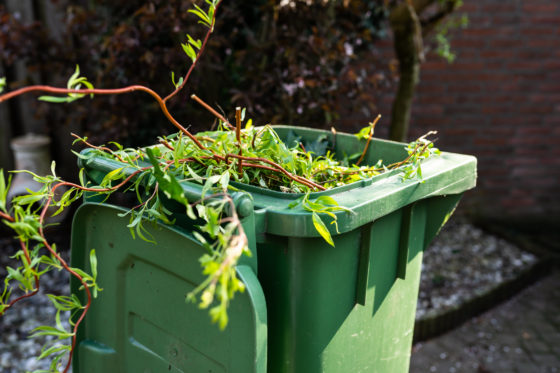Workers in compost processing facilities need PPE to avoid exposure to fungi, bacteria, and hazardous gases, and training to work safely in confined spaces.

Photo credit: iStock.com/Elco van Berkel
The business of reusing green waste is expanding rapidly. Companies are processing these discarded materials into biofuel, fertilizer, and compost for gardening.
“Companies have to consider health and safety hazards during the planning, design, and construction of their facilities,” says Geoff Clark, a senior occupational hygienist at WorkSafeBC. “Unfortunately, health and safety is often the last thing on the list when people are trying to build a new industry.”
Hazards associated with the composting process
Workers use a variety of processes for breaking down the green waste — and the technology behind it is evolving rapidly.
“To turn waste into compost, companies treat it in various ways, such as heating it up, and adding nutrients and other chemicals,” says Geoff. “These workers can be exposed to different bioaerosols as a consequence of the waste percolating.”
Geoff says workers have developed serious infections from fungi and bacteria. To avoid this, workers need proper gloves and other personal protective equipment to stop these organisms from getting into any cuts or scratches on their skin. Depending on the situation, they may also need respirators.
The composting process can also produce carbon dioxide, carbon monoxide, hydrogen sulfide, ammonia, and other hazardous gases.
Sometimes workers deal with the green waste in wide open spaces. But other times they process the waste in covered reactors, drums, and other confined spaces.
Although workers don’t usually work inside the confined spaces, they may need to access them to do maintenance or repairs. This could expose them to lack of oxygen, toxic gases, explosive substances, and a number of other hazards (find out more about the hazards of confined spaces on worksafebc.com.) In some cases, workers can be at risk if they are simply near the opening of a confined space.
Employers need to create confined space entry programs to keep workers safe. This includes developing written work procedures, rescue plans, and a training program that includes practice sessions.
Thanks so much to Geoff for talking with me about the waste and recycling industry.


